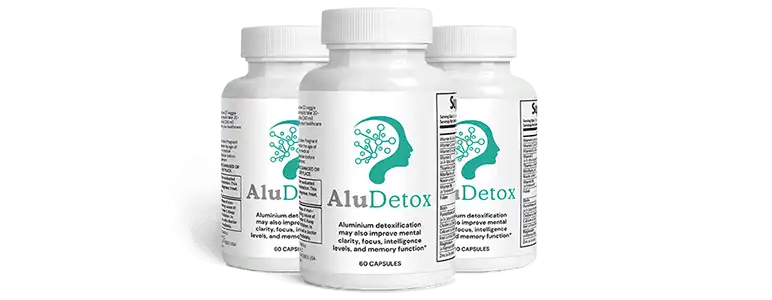
It’s important to understand that aluminum cannot be effectively eliminated using generic “heavy metal detox” supplements. These products are typically designed to target metals like lead or mercury and do not address aluminum, which requires a completely different approach for removal. In response, we assembled an incredible team and, over the past several years, dedicated ourselves to developing a real solution to aluminum toxicity and autism.
The result is our AluDetox formula — a carefully crafted blend of all-natural ingredients designed to safely and effectively remove aluminum from the brain and body. Honestly, the results have far exceeded even our highest expectations.
Silica is the key ingredient in the formula due to its natural affinity for aluminum. When silica encounters aluminum, it binds to it and forms a compound called aluminosilicate.
Aluminosilicates are non-toxic and biologically inert, meaning they don’t react harmfully in the body. This transformation allows the aluminum to be safely processed and eliminated through the kidneys.
AluDetox also addresses neurological damage with ingredients like Phosphatidylserine, Bacopa Extract, and DHA (Docosahexaenoic Acid), which have been widely studied for their neuroprotective and regenerative properties. These ingredients support cognitive function and promote the repair of brain tissue affected by aluminum-induced oxidative stress.
Additionally, AluDetox restores essential vitamins and minerals that are often depleted as a consequence of aluminum exposure, helping to reestablish balance and strengthen overall health.
Important: AluDetox does NOT contain gluten, lactose, hormones or any mood-altering substances, and it has NO known adverse effects.
AluDetox provides a safe and natural approach to detoxification and neurological support.
If we must live in this toxic aluminum age, we at least deserve a fighting chance.
Proprietary Blend:
Vitamins & Minerals:








